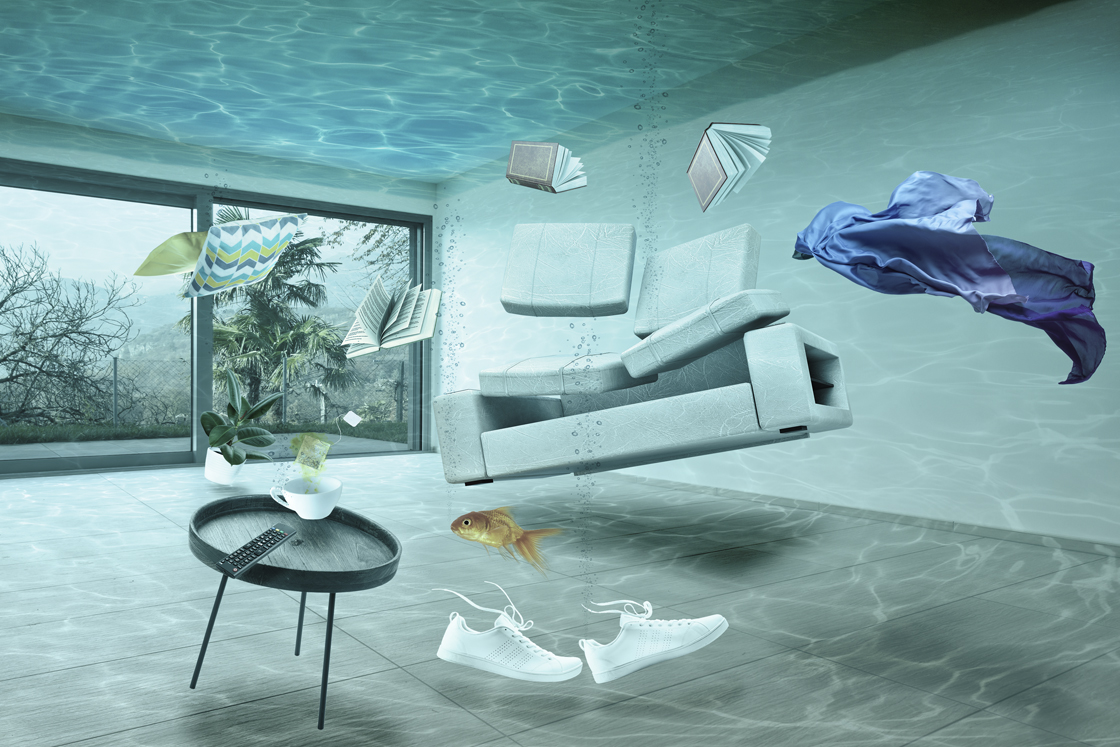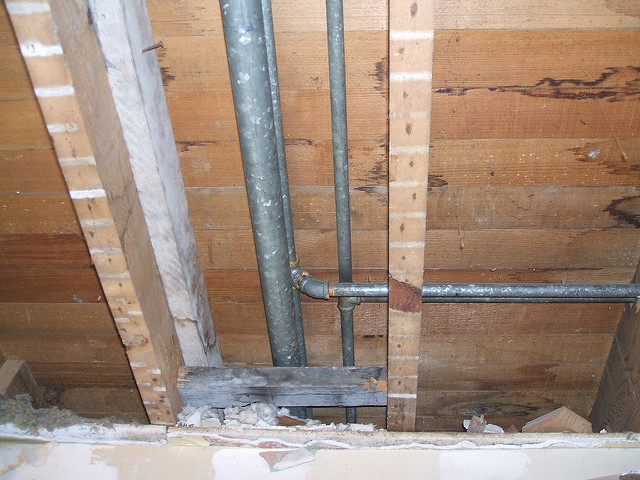Just how to Examine If Your House Has a Concealed Leak
Just how to Examine If Your House Has a Concealed Leak
Blog Article
We've found the article relating to Finding hidden leaks down the page on the internet and reckoned it made sense to talk about it with you on this site.

The minute you discover a leak, calling your plumber for repairs is the most effective option. Nevertheless, some tiny water leaks might not be visible. If you can not find it with your naked eyes, here are some hacks that aid.
Early detection of leaking water lines can minimize a prospective calamity. Apart from saving you money, it will lessen the aggravation and disappointment.
Check Water Intake
Examine your water bills and also track your water usage. As the one paying it, you should see if there are any kind of inconsistencies. If you find sudden changes, despite your consumption coinciding, it means that you have leakages in your plumbing system. Keep in mind, your water bill ought to drop under the exact same array on a monthly basis. An abrupt spike in your expense suggests a fast-moving leakage.
On the other hand, a steady boost every month, even with the exact same habits, shows you have a slow-moving leakage that's likewise gradually escalating. Call a plumber to thoroughly inspect your building, specifically if you really feel a warm area on your flooring with piping below.
Assess the circumstance as well as inspect
Home owners ought to make it a routine to inspect under the sink counters as well as also inside cupboards for any kind of bad odor or mold development. These 2 red flags suggest a leakage so punctual attention is needed. Doing regular inspections, even bi-annually, can conserve you from a significant problem.
Take A Look At the Water Meter
Checking it is a proven method that aids you find leakages. If it moves, that shows a fast-moving leak. This suggests you may have a sluggish leakage that might even be below ground.
Asses Outside Lines
Do not forget to check your outside water lines too. Needs to water leak out of the link, you have a loosened rubber gasket. One little leak can squander tons of water and increase your water costs.
Do a Food Coloring Examination
When it comes to water consumption, 30% comes from commodes. If the shade somehow infiltrates your dish during that time without flushing, there's a leak in between the tank and dish.
If you know your home is already old, maintain a careful eye on your heating systems, hoses, pipelines and so on. Look for stainings as well as deteriorating as most devices as well as pipes have a life expectancy. They will certainly additionally naturally weaken due to tear as well as wear. Don't wait for it to rise if you suspect leaking water lines in your plumbing system. Call a specialist plumber right away so you don't wind up with an awful mess in your house.
The minute you find a leakage, calling your plumber for repairs is the ideal service. Some small water leaks may not be noticeable. Checking it is a surefire way that assists you uncover leaks. One small leakage can waste lots of water and also spike your water expense.
If you believe leaking water lines in your plumbing system, don't wait for it to rise.
WARNING SIGNS OF WATER LEAKAGE BEHIND THE WALL
PERSISTENT MUSTY ODORS
As water slowly drips from a leaky pipe inside the wall, flooring and sheetrock stay damp and develop an odor similar to wet cardboard. It generates a musty smell that can help you find hidden leaks.
MOLD IN UNUSUAL AREAS
Mold usually grows in wet areas like kitchens, baths and laundry rooms. If you spot the stuff on walls or baseboards in other rooms of the house, it’s a good indicator of undetected water leaks.
STAINS THAT GROW
When mold thrives around a leaky pipe, it sometimes takes hold on the inside surface of the affected wall. A growing stain on otherwise clean sheetrock is often your sign of a hidden plumbing problem.
PEELING OR BUBBLING WALLPAPER / PAINT
This clue is easy to miss in rooms that don’t get much use. When you see wallpaper separating along seams or paint bubbling or flaking off the wall, blame sheetrock that stays wet because of an undetected leak.
BUCKLED CEILINGS AND STAINED FLOORS
If ceilings or floors in bathrooms, kitchens or laundry areas develop structural problems, don’t rule out constant damp inside the walls. Wet sheetrock can affect adjacent framing, flooring and ceilings.
https://www.servicemasterbyzaba.com/blog/how-to-detect-water-leakage-in-walls/

Hopefully you enjoyed reading our post about Hacks to detect leaks. Thanks for spending some time to read our article post. Are you aware of somebody who is intrigued by the subject? Feel free to share it. Kudos for your time. Kindly stop by our blog back soon.
Report this page